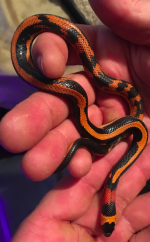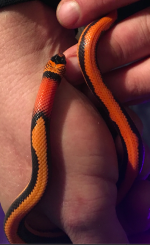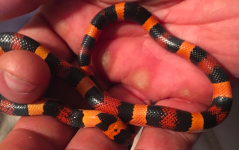-
Hello!
Either you have not registered on this site yet, or you are registered but have not logged in. In either case, you will not be able to use the full functionality of this site until you have registered, and then logged in after your registration has been approved.
Registration is FREE, so please register so you can participate instead of remaining a lurker....
Please be certain that the location field is correctly filled out when you register. All registrations that appear to be bogus will be rejected. Which means that if your location field does NOT match the actual location of your registration IP address, then your registration will be rejected.
Sorry about the strictness of this requirement, but it is necessary to block spammers and scammers at the door as much as possible.
You are using an out of date browser. It may not display this or other websites correctly.
You should upgrade or use an alternative browser.
You should upgrade or use an alternative browser.
Controversial Qestion
- Thread starter rolandslf
- Start date
Typically, a jungle corn is a 50/50 product of a California king mated to a corn snake. However, that doesn't mean the seller isn't just acknowledging the fact that those young snakes are hybrids. They could have more than 50% corn lineage, and they do look like corns. The one curious thing is the dark spot just behind the eyes of each snake. I have seen that on several kingsnakes, and kingsnake pictures.
I'm more than content raising what I'll call pure corns, but if I found out one of my snakes had suspect lineage I wouldn't lose any sleep over it.
I'm more than content raising what I'll call pure corns, but if I found out one of my snakes had suspect lineage I wouldn't lose any sleep over it.
The one curious thing is the dark spot just behind the eyes of each snake. I have seen that on several kingsnakes, and kingsnake pictures.
What "dark spot" are you referring to?
What "dark spot" are you referring to?
Presumably the central , dark scale just behind the eyes ( top oh head )

Sent from my iPhone using Tapatalk Pro
Heck, never paid any attention to that when I was hatching out the little buggers. I actually went through some of my old pics (from back in 2006) and had to search through quite a few pics to find any babies having something similar. So it doesn't seem common, at least in the babies I hatched out back then. But it is an interesting observation concerning "Jungle Corns" if it proved out.
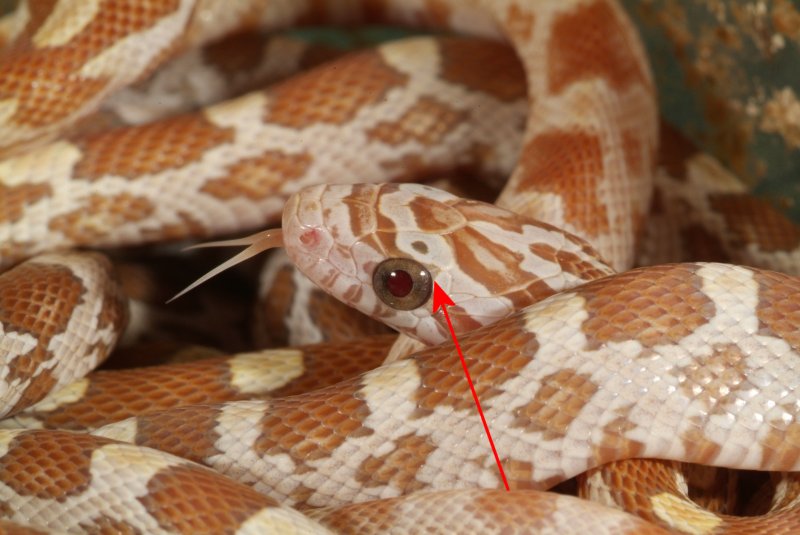
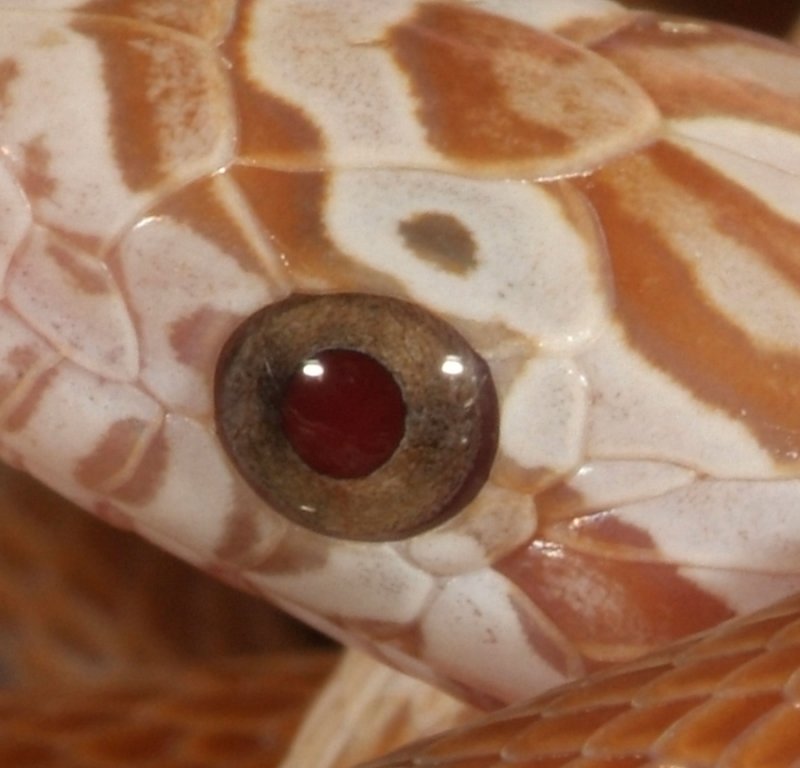
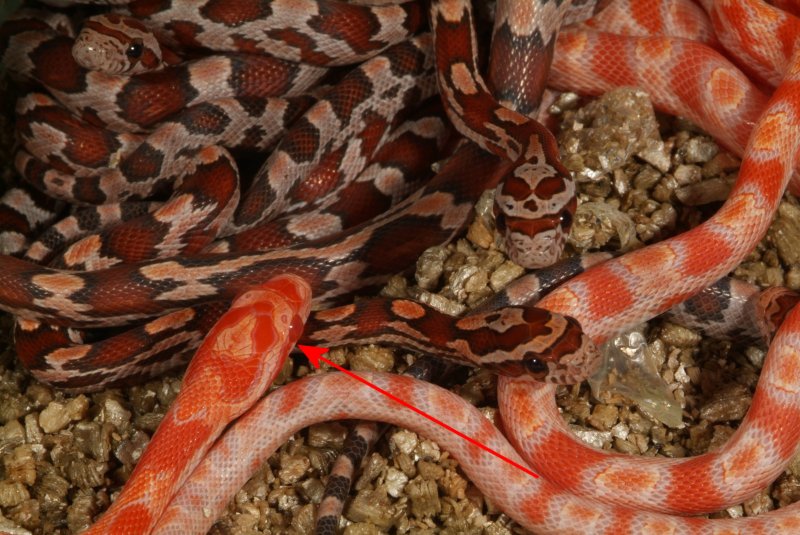
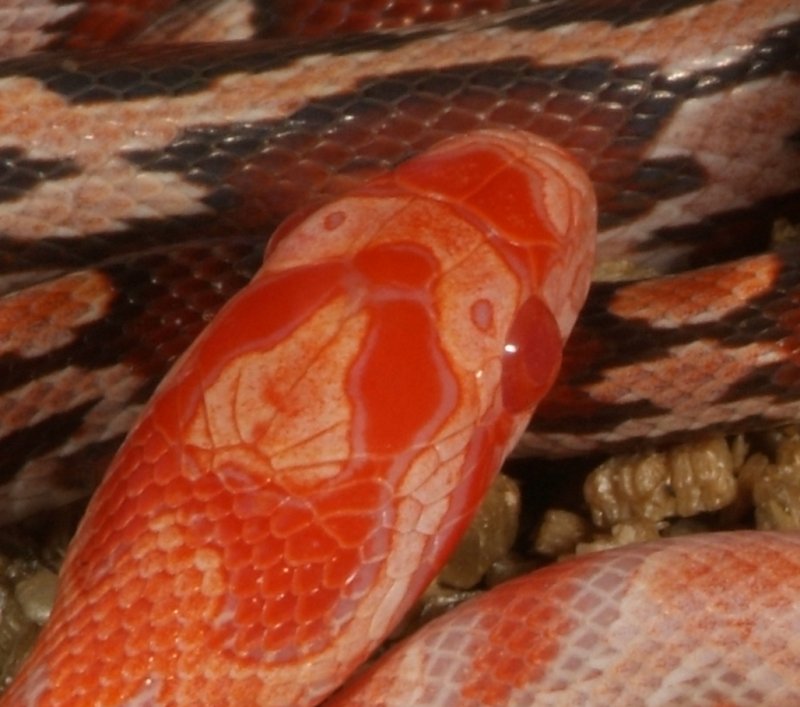




Dragonling
Doesn't do "casual"
I notice it a lot in my Sunkissed hets. :shrugs: Not sure it really indicates much, let alone hybrid ancestry.
Hypo Lavender het Mot x Sunkissed het Hypo Mot:

Hypo Lavender het Mot x Sunkissed het Hypo Mot:

I guess the real question would be what does the seller have to gain by claiming hybrid ancestry? Sometimes a hybrid is a cool looking morph currently unavailable in some pure snakes. I see nothing outstanding in the jungles shown in the pictures, quite to the contrary, I have seen many more beautiful pure corns. I can understand it if the seller is being truthful in declaring hybrid ancestry. After all, what if you bred two of these babies together a few years down the road and produced banded corns? A seller's reputation could be compromised. If someone really wanted a jungle corn just breed it yourself, and you would be 100% certain of the ancestry.
Looking through pictures of my collection I found the dark spot behind the eyes on about 20% of my snakes of various morphs from a lot of well known breeders.
So nobody can answer the question that was originally posted. Nobody can definitively say the pictures show hybrids. I guess what I would do, if I wanted a jungle, is contact the seller for more info.
rolandslf
New member
Thank You to Everyone thst took the time to comment. The seller say's that they are Corn x King. He is selling them as Jungles, and I just expected Jungles to look a bit different than these. But as was stated, what does he have to gain by claiming that they are Jungle, if they are not. At least we have an honest Breeder out there.
Sent from my WAS-LX1 using Tapatalk
Sent from my WAS-LX1 using Tapatalk
I have seen photos of jungles that were quite striking. I happened to be looking for pictures of king snakes to help identify a couple I've seen in the wild, and ran across a king snake website that showed several crosses, or what they call hybrids. The pics of the jungles were kind of nice.
Several years back I was looking through my son's vast collection of snakes and saw some of the most vivid amelanistic snakes I'd ever seen. I asked what they were and he said he mated an albino Theryi king snake to an albino Ruthveni king snake. They were stunning, but he said nobody wanted to buy any of them, so he ended up wholesaling the snakes for $10 a piece.
Several years back I was looking through my son's vast collection of snakes and saw some of the most vivid amelanistic snakes I'd ever seen. I asked what they were and he said he mated an albino Theryi king snake to an albino Ruthveni king snake. They were stunning, but he said nobody wanted to buy any of them, so he ended up wholesaling the snakes for $10 a piece.
Unfortunately people frown on Hybrids, but I have sern some stunning colours among Hybrids. I think if one labels them as Hybrids, then all is good. Sadly there are some unscrupulous people out there, and therein lies the problem.
Sent from my WAS-LX1 using Tapatalk
I love hybrids as I love pure species as well. However, I do feel your pain in that many hybrids are not listed as such. Take a scaleless cornsnake for instance... how many advertise that the scaleless cornsnake is a hybrid when they are selling them?Scaleless originated in France from an interspecific hybrid breeding between a Cornsnake and a Great Plains Ratsnake.
First time I ever had exposure to hybrids was when Bill Gillingham sent me a bunch of pics of the hybrids he was working with in a price list. I was astonished at how unusual and beautifully unique they were. So I ordered several pairs of them from him.
When I got them, honestly I was rather disappointed, as they didn't look like what I was hoping for. Certainly not the variety I had hoped for. I just wrote it off as my order being at the bottom of the barrel, and sucked it up. So I didn't keep them long. This was before the days of the internet, so it had dawned on me that working with animals that each and every one could wind up looking completely different, with no adequate way of marketing them by description without having to take photos of EVERY one of them and sending those pics to EVERY prospective buyer, really wasn't a very smart business plan. Thanks, but no thanks. So I abandoned that project in a hurry. That was the last and only time I can recall knowingly buying anything that was a hybrid. I just never worked up an interest in them again.
Funny about the rumors you can hear in a business when you are in it for a bunch of years. I remember hearing a rumor that one of the original tri-color breeders of days long past used to keep all of his tricolors together in communal pits, and they would breed haphazardly among themselves. So he never knew exactly what the parentage of the babies actually was. When he sold them, he sold them identified based solely on their looks, and nothing else remotely like locality or actual specific and subspecific identifying physical traits. Again, just a rumor I heard, and completely unsubstantiated.
Now another rumor that I heard directly from the horse's mouth, was at one of the Tampa reptile shows. It was a piss poor show (as usual), and I had a brought a bunch of baby (non feeding) gray banded king snakes that I had to move out to people with more time on their hands than I had. Had another vendor come by and offered to buy all of them at the end of the show if I would cut him a deal. Sure... I didn't want to take them back home and fuss with them trying to get them feeding. I didn't sell even one of them, so at the end of the show, I packed the whole lot of them over to his tables and traded them for greenbacks. While he was looking over the graybands, he chuckled and mentioned to me that he will make a killing on those babies. He told me that every year he takes whatever baby graybanded kings he can buy wholesale, then rents a room out in west Texas where he sells the heck out of them as "locality" graybanded king snakes to unsuspecting hunters. Truth? Beats me. Perhaps he was just blowing smoke. But it IS what he told me.
So as for hybrids, heck, no one really knows any longer. The waters were muddied up a long LONG time ago. Perhaps some people still fret over it, but honestly, I don't think anyone needs to lose any sleep over it.
And as for locality animals, well, I believe many people know what I think about that. :shrugs:
When I got them, honestly I was rather disappointed, as they didn't look like what I was hoping for. Certainly not the variety I had hoped for. I just wrote it off as my order being at the bottom of the barrel, and sucked it up. So I didn't keep them long. This was before the days of the internet, so it had dawned on me that working with animals that each and every one could wind up looking completely different, with no adequate way of marketing them by description without having to take photos of EVERY one of them and sending those pics to EVERY prospective buyer, really wasn't a very smart business plan. Thanks, but no thanks. So I abandoned that project in a hurry. That was the last and only time I can recall knowingly buying anything that was a hybrid. I just never worked up an interest in them again.
Funny about the rumors you can hear in a business when you are in it for a bunch of years. I remember hearing a rumor that one of the original tri-color breeders of days long past used to keep all of his tricolors together in communal pits, and they would breed haphazardly among themselves. So he never knew exactly what the parentage of the babies actually was. When he sold them, he sold them identified based solely on their looks, and nothing else remotely like locality or actual specific and subspecific identifying physical traits. Again, just a rumor I heard, and completely unsubstantiated.
Now another rumor that I heard directly from the horse's mouth, was at one of the Tampa reptile shows. It was a piss poor show (as usual), and I had a brought a bunch of baby (non feeding) gray banded king snakes that I had to move out to people with more time on their hands than I had. Had another vendor come by and offered to buy all of them at the end of the show if I would cut him a deal. Sure... I didn't want to take them back home and fuss with them trying to get them feeding. I didn't sell even one of them, so at the end of the show, I packed the whole lot of them over to his tables and traded them for greenbacks. While he was looking over the graybands, he chuckled and mentioned to me that he will make a killing on those babies. He told me that every year he takes whatever baby graybanded kings he can buy wholesale, then rents a room out in west Texas where he sells the heck out of them as "locality" graybanded king snakes to unsuspecting hunters. Truth? Beats me. Perhaps he was just blowing smoke. But it IS what he told me.
So as for hybrids, heck, no one really knows any longer. The waters were muddied up a long LONG time ago. Perhaps some people still fret over it, but honestly, I don't think anyone needs to lose any sleep over it.
And as for locality animals, well, I believe many people know what I think about that. :shrugs:
Imperial Pueblan/Honduran
Imperial Pueblan/Honduran babies 2.1
I'm definitely in love with these hybrids and the diversity so inherent in them derived from their varied past. There is no doubt about it, the more open you are the possibilities hidden in hybrids the less one sees limits and the more one sees possibilities.
Imperial Pueblan/Honduran babies 2.1
I'm definitely in love with these hybrids and the diversity so inherent in them derived from their varied past. There is no doubt about it, the more open you are the possibilities hidden in hybrids the less one sees limits and the more one sees possibilities.









